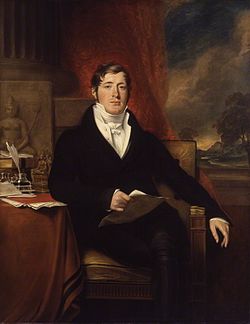 Title page for The History of Java second edition (1830) | |
| Author | Thomas Stamford Raffles |
|---|---|
| Language | English |
| Published | 1817 |
| Publisher | John Murray |
| Publication place | United Kingdom |
| Pages | xlviii + 479 |
| OCLC | 741754581 |

The History of Java is a book written by Sir Thomas Stamford Raffles and published in 1817. It describes the history of the island of Java from ancient times. [1]










